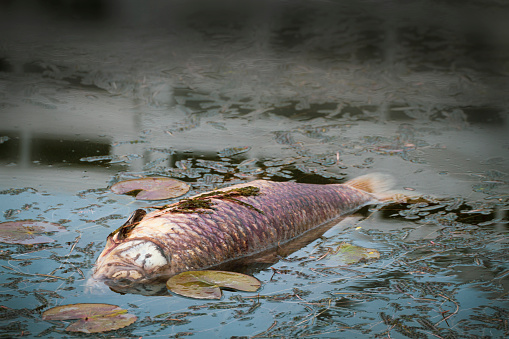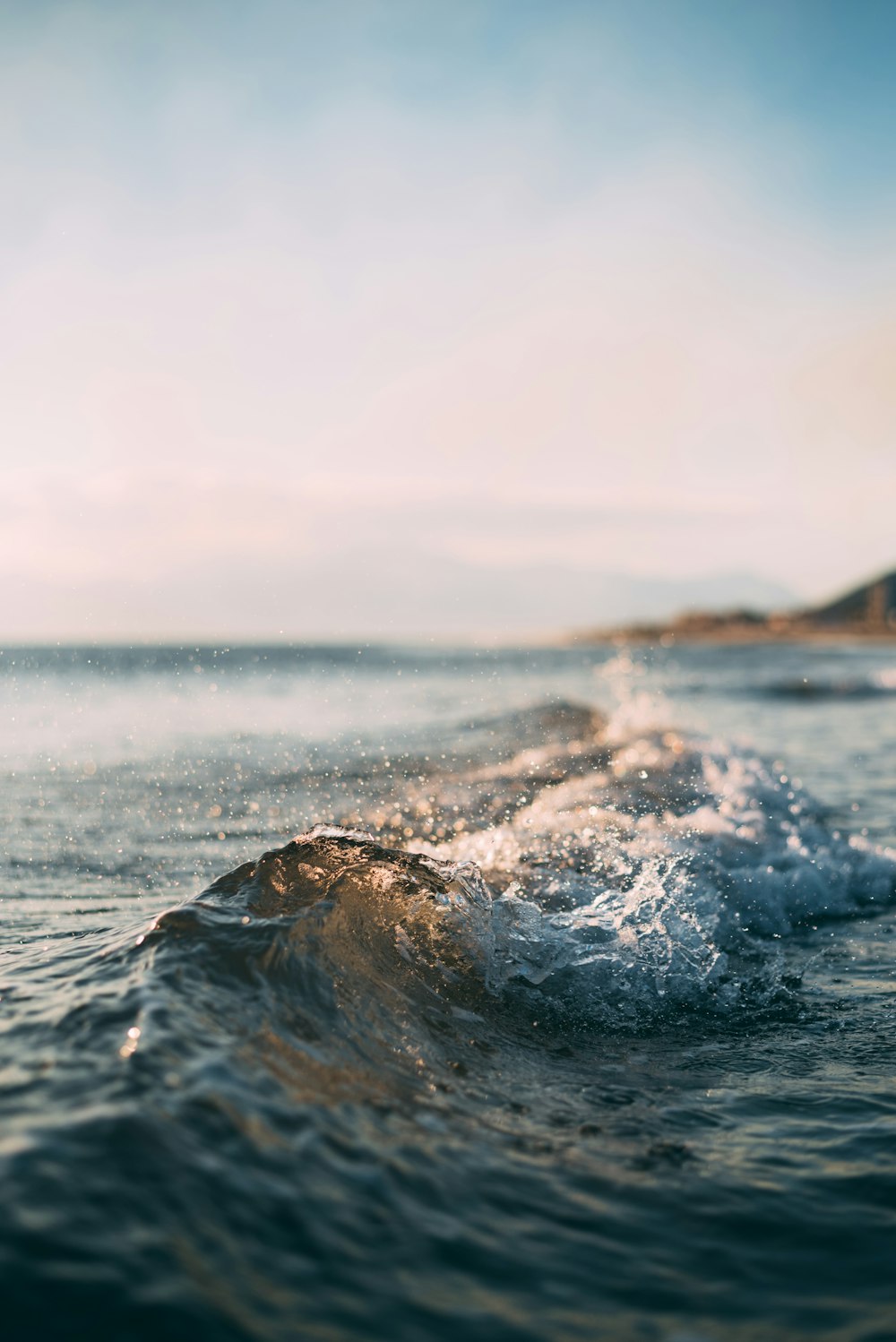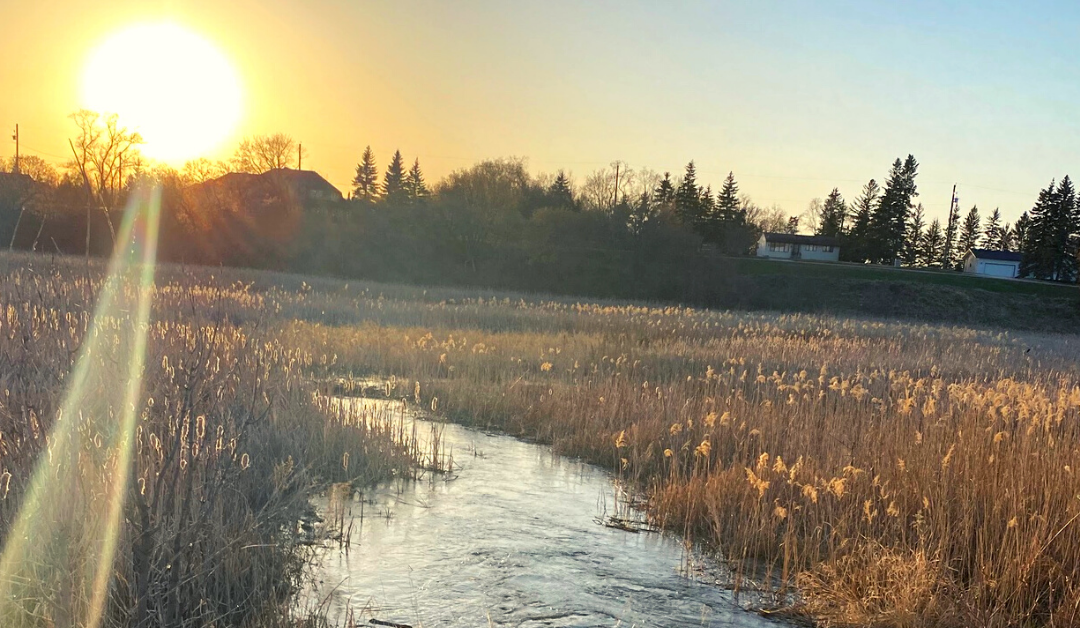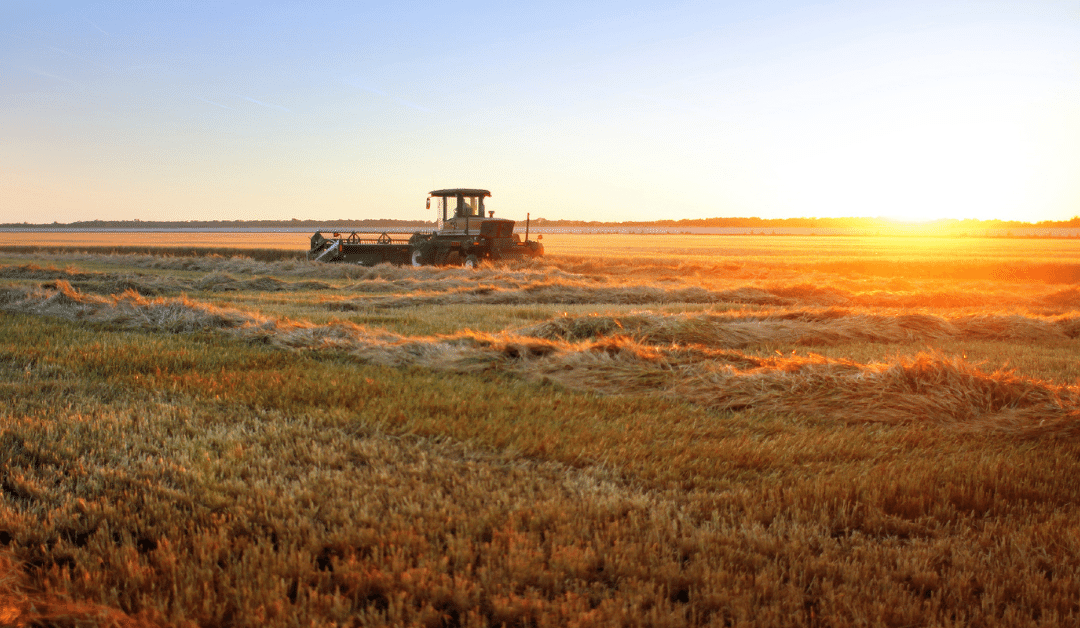Dead fish washing up on the shores of Lake Winnipeg—Why?
If you live on the shores of Lake Winnipeg, or if you’ve been active online recently, you may already be aware of the hundreds—if not thousands—of dead carp that have been washing up from our waters.
Where are these fish coming from, and why are so many now lying on the beaches of our cottage country?
A little bit about carp
The common carp species was first introduced to Manitoba around 1886, and by 1954, they were considered a “nuisance” to commercial fishers. According to the Invasive Species Council of Manitoba, common carp constantly stir up the substrate when they feed, resulting in decreased water clarity. This destroys habitat, reduces the abundance of aquatic plants, and can make waterways unattractive and unsuitable for swimming. Carps’ habits also release phosphorus, normally locked up in bottom sediments, into the water and lower the abundance of insects.
Contrastingly, local anglers love the common carp, according to Hunt Fish MB, because of their 20 lb + size and the fight they put up when caught on a line. According to this go-to website for anything hunting and fishing-related, Manitoba has carp like the prairies have wheat.
During the months of May and June, carp move into various Manitoba tributaries and shallow lake bays prior to spawning (a fish term that means egg-laying). These months are the high-times for local anglers who look to hook these 30 – 42 inch swimmers.
Being that large, these fish are hard to miss; so carcases in these amounts is eye-catching to say the least.
As CBC reporter Bartley Kives reported earlier today, this amount of dead carp is highly unusual—but what’s even more unusual is that the carcasses are laying untouched as local wildlife aren’t eating them.
Kives contacted a local ecologist, Scott Forbes, who suspects the cause of these numbers to be a disease of some kind. Tissue samples were taken from carcasses on Friday, June 5, and will take about two weeks to process.
“One [possibility] is the koi herpes virus, which was first found in Manitoba in 2008, when large quantities of dead carp were found in Lake Manitoba and Lake St. Martin, according to a provincial fact sheet published the following year.
The virus infects all members of the carp family, including koi and goldfish. It cannot be transmitted to people and does not render the fish unsafe to eat.” (Quotes from Bartley Kives’ report, found here).
If this is indeed the cause, it’s not surprising that so many are washing up dead, as spawning season often results in large groups of fish congregating, which would increase the rate of spreading any illness.
What can we do?
Until we get the hard facts back on what’s causing the large number of carp deaths, it’s difficult to determine the best course of action. A look back at what Manitobans did last time something like this happened is a good place to start.
In 2008, dead carp were observed in Lake Manitoba and Lake St.Martin. Samples from Lake Manitoba tested positive for koi herpesvirus. This was the first confirmed case in wild carp in Manitoba. The Province of Manitoba provided an online resource for those wanting more information about what to do with the dead fish on their property. Advice for disposal included:
• Private property owners were encouraged to remove fish from their shoreline areas.
• Wear gloves and use tools such as shovels or rakes to remove the fish.
• Tools and gloves used for fish removal should be disinfected with mild bleach.
• Bury fish at a depth of 1.5 feet. Fish carcasses can also be composted with a mixture of vegetation at suitable site locations.
• Note: most landfill sites in the province do not accept dead animal or fish carcasses.
• Anglers and people fishing for food should use similar precautions described above for disposal of carp refuse.
The Province of Manitoba states that burial is an acceptable method for dead animal disposal under certain circumstances.
Manitoba Water Stewardship works with the federal Department of Fisheries and Oceans and the Canadian Food Inspection Agency to monitor any local fish contamination concerns.








0 Comments